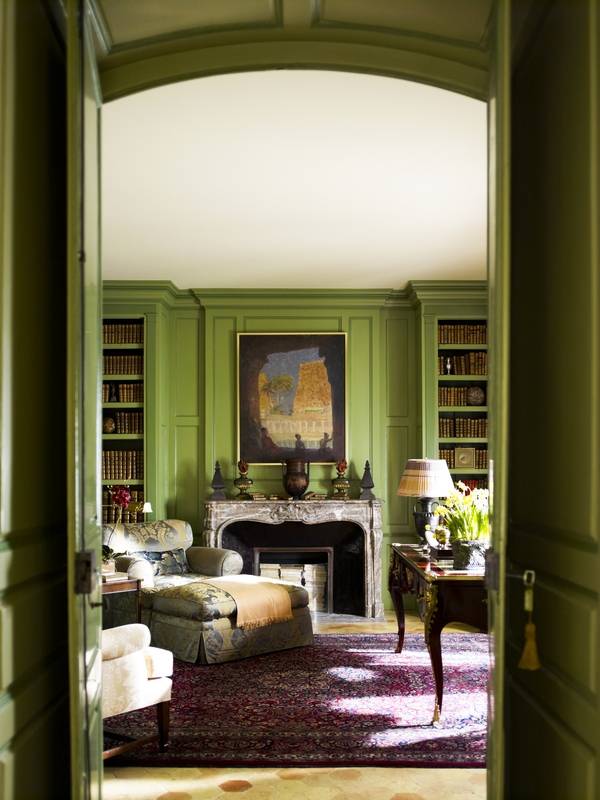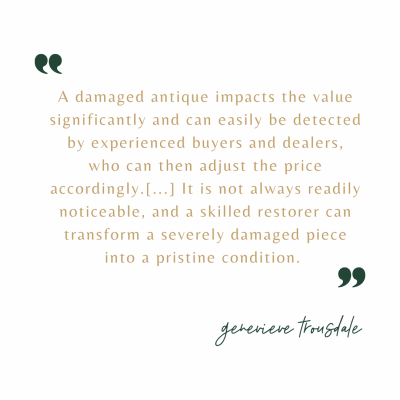In the realm of antique furniture, you will encounter various approaches to restoration. Warning: Not all approaches are accurate and authentic! Some restorers prioritize achieving a flawless finish that aligns with contemporary interiors, often disregarding the historical essence of the piece. Instead, seek restorers who engage in complete transformations as part of an upcycling endeavor.
A damaged antique impacts the value significantly and can easily be detected by experienced buyers and dealers, who can then adjust the price accordingly. In contrast, restoration is a complex process that can have an equal influence on the value. It is not always readily noticeable, and a skilled restorer can transform a severely damaged piece into a pristine condition. It is important to note that restored antiques are not considered fake; this is simply a way to retain their authenticity.
The process is one that cannot be rushed. Don’t let your antiques become available to amateurs…ensure these treasures are restored to their original beauty properly and precisely with these following steps:





